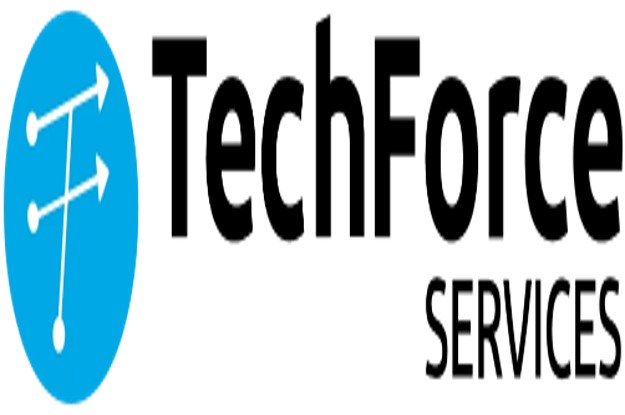
Effective communication is the cornerstone of a successful educational experience, facilitating collaboration, support, and engagement between students and staff members. In today’s digital age, educational institutions are increasingly turning to innovative solutions like Salesforce Education Cloud to streamline communications, enhance connectivity, and foster a cohesive learning community. This article explores strategies for streamlining communications between students and staff, the role of Salesforce Education Cloud in facilitating this process, and real-world examples of successful implementation.
Importance of Streamlining Communications in Education
Clear and efficient communication between students and staff is essential for creating a supportive learning environment and maximizing educational outcomes. Effective communication fosters collaboration, addresses student concerns promptly, enhances engagement, and strengthens relationships within the educational community. By streamlining communications, institutions can improve operational efficiency, reduce administrative burdens, and promote a culture of transparency and accountability.
Leveraging Salesforce Education Cloud for Communication
Salesforce Education Cloud offers powerful CRM capabilities that enable educational institutions to streamline communications and enhance interactions between students and staff. Here’s how Salesforce Education Cloud supports communication strategies:
- Unified Communication Channels: Salesforce Education Cloud provides centralized communication channels, including email, mobile notifications, and social media integration. By consolidating communication tools into a single platform, institutions can ensure consistent messaging and facilitate seamless interactions between students, faculty, administrators, and support staff.
- Personalized Communication: With Salesforce, educational providers can personalize communication based on student preferences, interests, and engagement patterns. Automated workflows and AI-driven insights enable targeted messaging, event notifications, and academic updates that resonate with individual student needs and foster engagement.
- Real-Time Collaboration: Salesforce facilitates real-time collaboration and information sharing among stakeholders through shared calendars, document repositories, and discussion forums. This enhances teamwork, facilitates project management, and promotes knowledge sharing among students and staff members.
- Analytics and Reporting: Salesforce’s analytics tools enable institutions to track communication effectiveness, analyze engagement metrics, and assess student satisfaction levels. By leveraging data-driven insights, educators and administrators can optimize communication strategies, identify areas for improvement, and enhance overall student support services.
Case Studies: Successful Communication Strategies with Salesforce Education Cloud
Case Study 1: University A Enhances Student Engagement
University A implemented Salesforce Education Cloud to streamline communications and enhance student engagement across campus. By leveraging Salesforce’s unified communication channels and personalized messaging capabilities, the university improved student participation in campus events, academic advising sessions, and career development workshops. This proactive approach not only strengthened student-staff relationships but also contributed to higher satisfaction rates and increased retention.
Case Study 2: K-12 School District B Improves Parental Involvement
School District B adopted Salesforce to streamline communications between teachers, administrators, and parents, enhancing parental involvement and support for student learning. Through automated notifications, progress reports, and parent-teacher conferences scheduled via Salesforce, the district improved communication transparency, parental engagement, and student academic performance across diverse school communities.
Strategies for Streamlining Communications with Salesforce Education Cloud
Effective implementation of Salesforce Education Cloud for communication requires strategic planning, customization, and stakeholder collaboration. Here are key strategies to streamline communications between students and staff:
- Needs Assessment and Customization: Conduct a thorough assessment of communication workflows, stakeholder preferences, and institutional goals to customize Salesforce Education Cloud accordingly. Tailor communication channels, messaging templates, and engagement strategies to meet specific educational needs and enhance user adoption.
- Integration and Data Management: Integrate Salesforce Education Cloud with existing systems, such as student information systems (SIS) and learning management systems (LMS), to ensure seamless data synchronization and accessibility. Centralize student information, communication histories, and engagement metrics to facilitate informed decision-making and personalized interactions.
- Training and Support: Provide comprehensive training programs for administrators, faculty, and staff to maximize proficiency in using Salesforce’s communication tools and CRM capabilities effectively. Offer ongoing support, resources, and professional development opportunities to encourage continuous learning and adoption of new communication strategies.
- Evaluation and Continuous Improvement: Establish metrics for evaluating communication effectiveness, student satisfaction levels, and staff engagement metrics using Salesforce’s reporting and analytics features. Continuously monitor communication workflows, solicit feedback from stakeholders, and implement iterative improvements based on data-driven insights to enhance overall communication strategies.
Conclusion
Streamlining communications between students and staff with Salesforce Education Cloud empowers educational institutions to create a connected and supportive learning environment that fosters collaboration, engagement, and student success. By leveraging Salesforce’s unified communication channels, personalized messaging capabilities, and robust analytics tools, institutions can enhance operational efficiency, improve stakeholder relationships, and promote a culture of transparency and accountability within the educational community. As institutions navigate the complexities of modern education, embracing Salesforce Education Cloud for communication not only addresses current communication challenges but also prepares them to adapt and thrive in an increasingly interconnected and digitally driven educational landscape.







